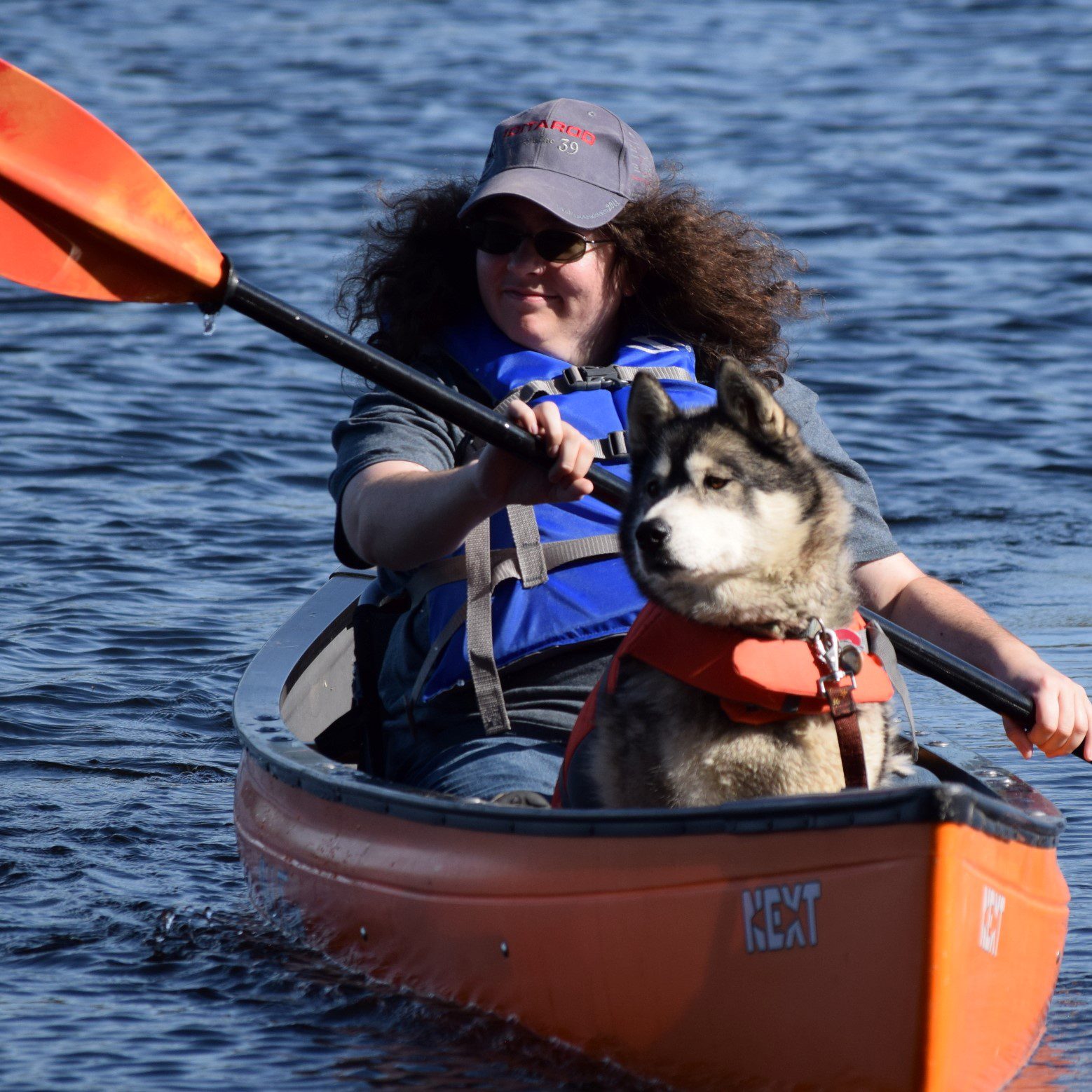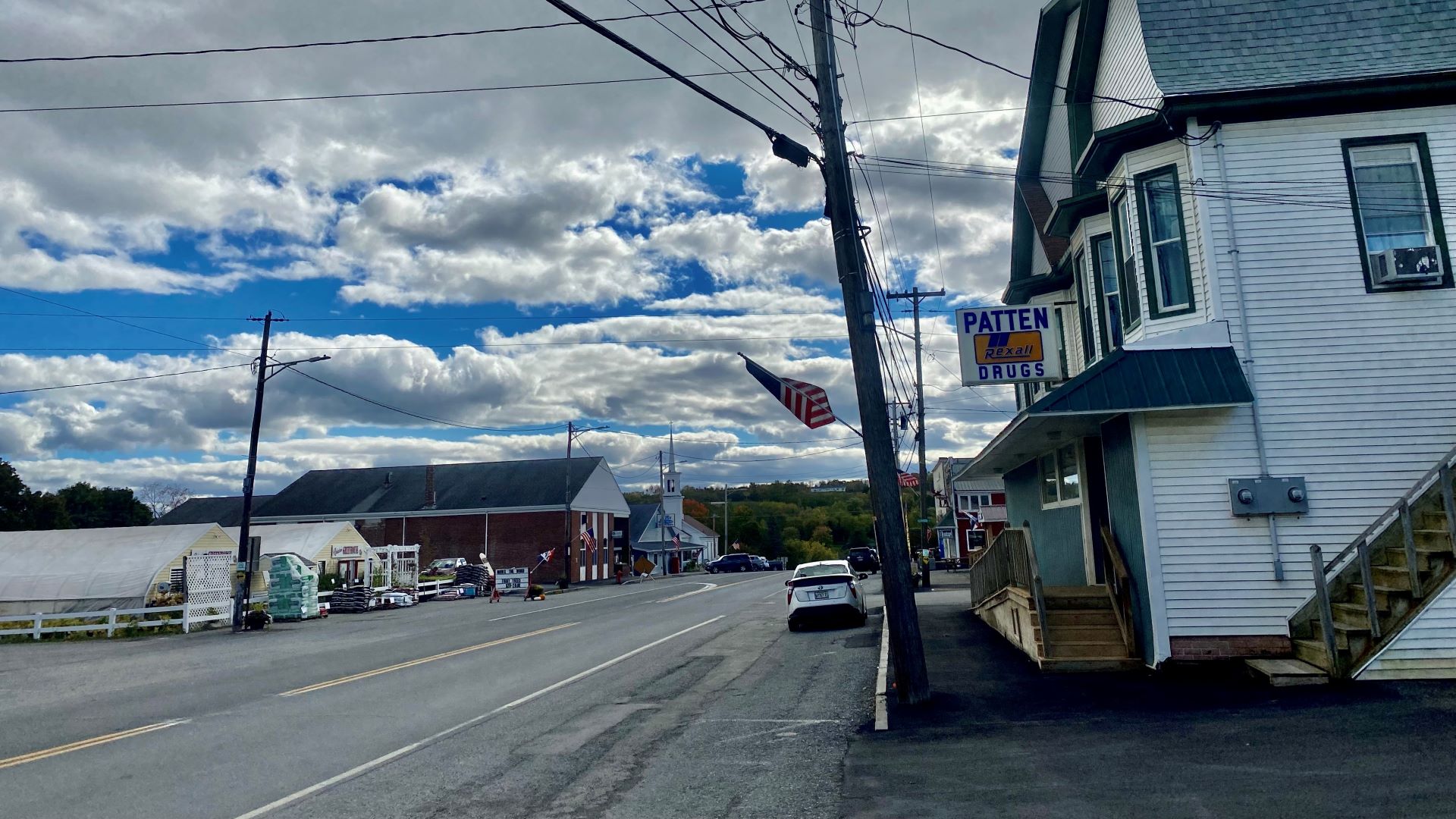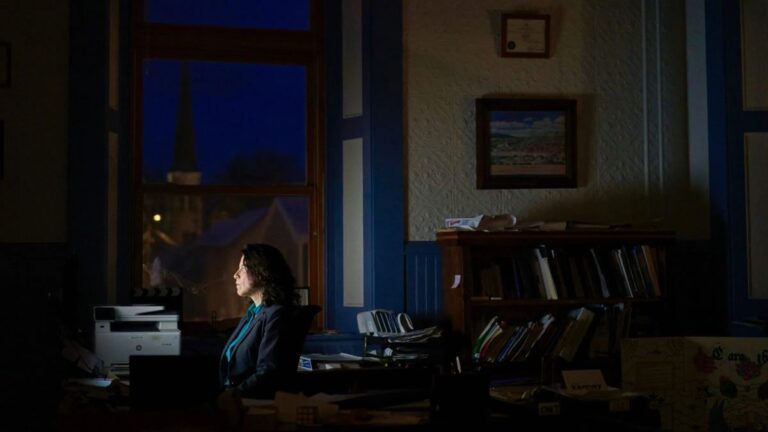PATTEN — Despite a rebuke from the Maine Land Use Planning Commission in mid-October, Wolfden Resources will not give up on its proposal to mine for copper, zinc and lead at Pickett Mountain, company CEO Ron Little said in a rare media interview.
“Stay tuned,” Little said. “We don’t think mining is dead in Maine. This is a speed bump.”

Wolfden withdrew its application to rezone an area near Patten after LUPC officials said they would reject it based on the recommendation of staff. A rezoning is required before the company can apply to the Maine Department of Environmental Protection for a mining permit.
The company has not yet chosen a new consultant and did not have a time frame to submit a new version of the application.
“This has obviously been a surprise to us and our investors, so we want to make sure we get the next one right,” said Little, adding that the company was “totally blindsided with this decision.”
Little argued that the process results in the commission reviewing a proposal where details could change depending on feasibility studies and DEP recommendations.
“The DEP is going to be far more detailed in their due diligence than the LUPC will ever be,” said Little. “Let us get to that level so we can all decide whether this is worth building. At least give the project the full shot it deserves.”
He called for changes to the permit process that might allow the project to come to the LUPC for review after a final design has been approved by the DEP.
“There should be no requirement to invest a lot of money in a preliminary design,” said Little. “We’ve kind of tripped over this unfortunate crossroads where it’s hard to satisfy one without using the regulations of the other… We hope in time the government recognizes this two-step process is not practical.”
But LUPC commissioners were frustrated with what they saw as Wolfden’s unwillingness to respond to questions to their staff’s satisfaction, even after more than a year of discussion.
“I have never seen anything like this,” said Commissioner Gwen Hilton, where an applicant “was seemingly so uncooperative with the staff. It almost doesn’t even make sense if indeed they’re hoping to get their application approved.”
“This applicant and all future applicants need to understand the seriousness of requests from the staff for information,” said Commissioner Millard Billings.
In a memo released a week before the Oct. 13 meeting, LUPC staff recommended commissioners deny the application based in part “on Wolfden’s continued failure to provide sufficient information for the Commission to make necessary findings within the applicable deadlines.”
“I personally think that they would need to completely rewrite the petition to make a credible, convincing case,” said LUPC’s acting executive director, Stacie Beyer, during the October meeting. She recommended the company start over “with a new team, a new petition, and see if we can move this forward.”
Beyer said it would be unproductive to hold a public hearing within 45 days, as required by law, because resolving the discrepancies would likely take months. A public hearing would focus on those issues rather than a substantive review of the project, said Beyer, and state agencies would be unable to provide meaningful feedback on the application as it stands.

Difficulties between company, LUPC staff
Wolfden submitted its most recent version of the application in September. The document, which runs more than 1,000 pages, is the fourth version the company has put forward over 18 months.
During that time, the LUPC staff sent five letters to Wolfden requesting additional information. Between versions three and four of the application, the staff made themselves available to the company on a biweekly basis to answer questions, said Beyer, “and we still ended up with a petition that had 59 errors, omissions and inconsistencies.”
An attorney representing Wolfden told commissioners during the October hearing that the company has worked hard and “in good faith to provide responsive filings on everything that has been asked for,” but added, “we obviously disagree on what’s in the record.”
If developed, the project is expected to produce roughly 4.5 million tons of ore and generate $1.36 billion in cash flow over the roughly nine years it would be in commercial production, according to documents on file with the state. Wolfden expects to spend close to $600 million during 14 years of planning and operations.
The company has a number of significant hurdles to clear first.
Issues raised by LUPC staff range from questions over how many acres the company wants rezoned (The petition includes figures ranging from 528 to 646 acres; Little said 646 is the most accurate number) to how it will handle snow melt and spring runoff. Some inconsistencies are minor, said Beyer, “but others are not.”
The proposal has engendered strong feelings. Of the 900 comments received by the LUPC over the last year and a half, more than 90% were against the rezoning, according to an analysis by The Maine Monitor. Hundreds of opposition letters came via a campaign organized by the Natural Resources Council of Maine, a vocal opponent of the project. The LUPC received 39 comments in favor and 16 neither for nor against.
Several residents in the Patten area felt local sentiment was more evenly divided than the LUPC record reflects.
Not all locals are opposed
All said they wanted to see safeguards to protect the environment. Many depend on outdoor recreational tourism — hunting, fishing, hiking, kayaking and other pursuits — for their livelihood, and live in the area for access to its natural resources. But they disagreed on the effect Wolfden’s plans might have on the place they love.
“I would say it’s probably split,” said Terry Thurston-Hill, of the community’s sentiment. Thurston-Hill grew up camping around the area and, with her husband, owns Shin Pond Village, a recreational resort near the proposed mine. They have lived in the area for decades, and often take their side-by-side on logging roads near the proposed mine.

Thurston-Hill was initially skeptical of the proposal but felt company officials were responsive to questions from local residents, which helped her feel more comfortable.
“This is not the mining that we’ve seen on the news,” said Thurston-Hill, who was also excited about Wolfden’s promise to bring jobs to the area. “A logging operation can clear-cut and change the land and water, too. Because we’re so used to it, we’re not afraid of it.”

Becky Noyes, a veterinary technician who has been in the area most of her life, wrote to the LUPC earlier this year, urging it to reject the rezoning. Noyes said she trusts state agencies to protect Maine’s natural resources and wasn’t convinced Wolfden could keep its promises. Company representatives, said Noyes, had not adequately addressed her concerns.
“They didn’t really have a lot of answers for things,” said Noyes of the meetings she attended with Wolfden officials. “I understand too that we need these metals and things, but I don’t really want it to be some experimental process in my backyard.”
Noyes was heartened after the withdrawal that the company appeared to be taking water treatment “a bit more seriously.”
“Perhaps they will indeed come up with an innovative solution and not just make mining an environmentally safer practice here, but a safer practice throughout the world,” she wrote in an email this week.
Can water discharge meet standard?
Whether the company can meet stringent water processing and discharge standards has been among the main concerns of officials and opponents, who say Wolfden has yet to provide an example of a mine that can treat water at the level required by the state.
“I’ve never heard of a mine that can do this. It’s just patently ridiculous,” said Nick Bennett, staff scientist and Healthy Waters Project director for NRCM. “Any mine that could discharge wastewater at background levels equivalent to natural groundwater would be advertising about it all over the planet.”

Little, the Wolfden CEO, contends there are few adequate comparisons because Maine’s standards are higher than elsewhere.
“Like any other business, you only do what you’re told to do. You generally don’t go the step beyond. Every mine operating is operating in their own regulations. To treat water it’s going to cost you money. You’re only going to treat it as far as you have to,” he said.
He maintained that the science behind the plans is valid. “We can keep recirculating the water until it’s clean, it’s just the more times we recirculate the water, it costs us money.”
Third-party engineers hired by the LUPC to evaluate the company’s water treatment proposal wrote in a memo last year that the plans “appear feasible for the purpose of rezoning.”
Treating water to the state’s standards won’t be easy or cheap.
“Both water treatment during active mining and source control measures for closure will not be trivial,” the engineers wrote, “especially with the no-impact goals stated for discharge. We believe these issues can be mitigated and the goals met if good planning, testing/proving, engineering, and execution is done behind adequate funding and good management.”
Dave Chambers, an engineer and the president of the Center for Science in Public Participation, a nonprofit that provides technical assistance on mining and water quality, agreed treating the water to such a high standard would be possible in theory but very costly. “The means are there. It’s just a matter of cost. That’s where most things run up against the wall.”
Whether Wolfden has the financial capacity to develop a mine that meets Maine’s stringent standards has also been a concern. The most recent available financial filings for the company show it has $4.7 million cash on hand and had losses of $1.7 million in the first six months of 2021.
Several geologists and Chambers said it’s fairly common for junior mining companies to explore deposits and then be absorbed by a larger company. Wolfden’s two largest shareholders (Kinross and Altius) are massive mining conglomerates; Kinross’ involvement, wrote consultants hired by the LUPC, “can be considered a third-party endorsement of the project.”
“This is as high risk as you get. There’s only a few investors that have the appetite for that risk,” said Little. “They’re letting us use our capital to do the heavy lifting. They’re not putting in all of their time and energy as we are trying to see if a mine can be built. They’d rather focus on making cash flow. Ultimately if the project is worth building, they can do so.”
He continued: “At the end of the day does it really make a difference whether Kinross is applying or Wolfden is applying? In reality the science is the same. We all use the same network of consultants.”
“The true value in a mining project is when a mining permit is delivered,” Little added.
But Chambers also said it’s common for large mining conglomerates to buy a mine and alter the plans. Once a mine is built, he said, states typically find a way to work with the new owners. “Regulatory agencies are called permitting agencies for a reason.”
If Wolfden received permits and was taken over by a larger company, a permit transfer would not be automatic. Under Maine law, the DEP would have to approve a transfer and conduct an additional review, including holding a public hearing.
Evaluators hired by the LUPC also pointed out that Wolfden still needs to raise roughly $10-to- $15 million for feasibility studies and more than $147 million to get the project running. The company’s strategies to raise that money “are considered standard and reasonable,” the consultants wrote, but there’s no way to assess whether Wolfden will be able to do so.
Little said the company is committed to seeing the project through. He recalled his experience as the founder of Orezone Resources, Inc., a junior mining company that was sold to IAMGOLD Corp. after bringing the massive Essakane gold mine in the west African nation of Burkina Faso into production.
“It took me about 15 years to get there,” said Little. “I’m only about three years into it with Wolfden.”








